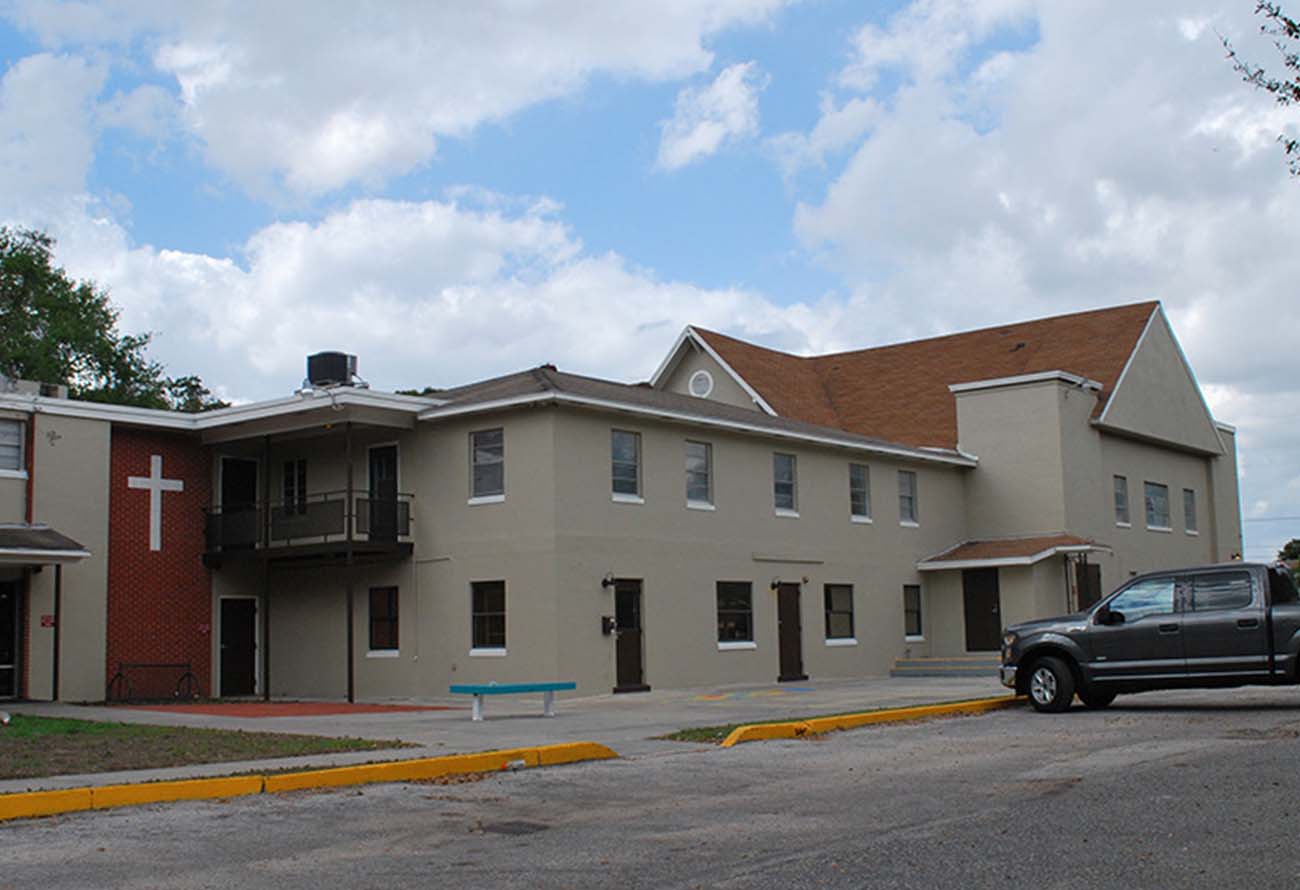
16 Nov Centers & Organizations
The assessment included recognizing existing OBTDB programs, city and county programs, as well as other institutional, neighborhood, and non-profit organizations whose resources were directed to residents or businesses in the Study Area. Initiatives ranged from the Community Redevelopment Agency, Safe Neighborhood Programs, neighborhood associations, LIFT Orlando, city and county housing assistance, as well as support for job placement services to name a few. Thus, the background assessment for the corridor included both the physical and the social elements in a comprehensive scan of the Study Area.
The City organizes Community Clean Up Events in some of the neighborhoods within the study area. Local commissioners and organizations such as Keeping Orlando Beautiful help facilitate and support the event. Other organizations like Pathway to Parramore, with the support of city representatives and the Orlando Police, tour the Parramore Neighborhood once a week and identify properties in distress and in violation of the codes.
The City organizes Community Clean Up Events in some of the neighborhoods within the study area. Local commissioners and organizations such as Keeping Orlando Beautiful help facilitate and support the event. Other organizations like Pathway to Parramore, with the support of city representatives and the Orlando Police, tour the Parramore Neighborhood once a week and identify properties in distress and in violation of the codes.
The OBT corridor—The Trail—will improve connections with the adjacent community, and the larger Central Florida Region and strengthen the connection with downtown Orlando. It will see improved mobility in the form of enhanced public transportation and more walkable and bikeable streetscapes. It will create linkages among local and regional destinations and encourage a network of business, neighborhoods, and local organizations.
Demographics in the study area (2016) indicate that there are 27% children under age 19 and almost 71% adults age 20–74. Although this is a large age span, it is indicative of a lot of families and residents in the work force living in the residential areas. There is a relatively small senior population, about 3%. Park programming and amenities need to focus on self-directed play that can appeal to all ages. For instance, having a walking trail perimeter that can be used by adults, while simultaneously watching children on a playground helps to keep people in parks longer, and therefore more active. Community centers, faith-based organizations, and nonprofits need to ensure that programming provides opportunities for the whole family during non-working hours.
The OBT Area has a number of established neighborhood associations and condominiums. The neighborhoods within Areas 1 and 2 have been working the past few years, along with the City, County, elected officials, local organizations, and institutions to build the strengths and vision of future for those neighborhoods and community members. Not much planning effort has occurred in Area 3, 4, and 5 neighborhoods. During our public engagement process, we discovered some of the neighborhoods don’t belong to an association; therefore, we initially proposed to formalize some of the neighborhoods and create two new associations:
- Holden South Association
- Americana Association
Each association, along with community members, local organizations, and institutions can be combine into a four different partnerships and form the “OBT Neighborhood Partnership” to help strengthen and revitalize their community in the future.

Sorry, the comment form is closed at this time.